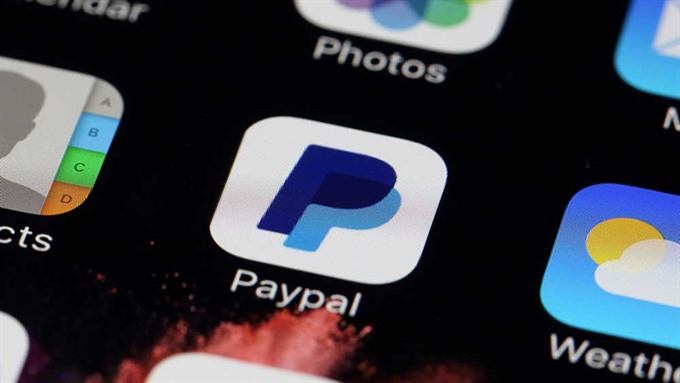There is plenty of room for further development of the digital finance industry, but experts worry that this the huge number of people without bank accounts and the slow policy-making process will stall progress.

There is plenty of room for further development of the digital finance industry, but experts worry that this the huge number of people without bank accounts and the slow policy-making process will stall progress.
According to the World Bank’s 2017 Global Findex Database, 69 per cent of adults in the world have bank accounts, leaving around 1.7-1.8 billion people with no bank accounts.
The figure was up from 62 per cent in 2014 and 51 per cent in 2011, driven by the rise of digital payment, which has emerged in developing regions such as Africa, India, China and Southeast Asia, World Bank expert Kyle Keller told a conference on Thursday.
Four challenges remain to tackle the development of digital payment: age, gender, education and income, Keller said.
Of the four elements, income is the major issue as developing countries are facing big income gaps, indicating a large number of people remain trapped in poverty despite overall growth. The Philippines, for example, has the biggest income gap among Southeast Asian countries. In addition, income is often concentrated in cities, increasing the likelihood that low-income people in outlying regions remain bankless.
The development of digital payment over the last three years has been driven by the increase in mobile phone use of the world’s young population, which numbers 1.1 billion. Phone access means they have higher chance to get connected to online payment methods, according to the World Bank analyst.
Moreover, the large population of farmers that have not gotten access to banking services is another opportunity. Governments should provide policies in order to transform cash payments to digitalised payment, Kyle said.
According to panelists of the conference, the governments should play the role of providing supporting tools to companies and people to connect more people to credit, banks and digital systems.
Siew Yuen Tuck, chief executive officer of Malaysia-based fintech firm Jirnexu, said the role of businesses is to help consumers get access to online lending.
Rahul Shinghal, general manager of PayPal’s Southeast Asia division, said that as financial inclusion in the modern world in much linked with digital inclusion, governments and financial institutions must use internet-based applications to reduce the community’s cash use and get people more bank accounts.
People can find jobs on the internet and use their skills to apply for new jobs, giving them the chance to get higher pay, Rahul said.
Therefore, governments should establish some economic platforms to encourage more entrepreneurs to approach consumers, technologies and expertise, he said.
Another issue is lending interest rates that have dampened the growth of lending in some of the ASEAN economies, Siew said.
For example, the Malaysian government regulates that the maximum lending rates on credit card loans must not exceed 18 per cent, which explains the low lending rates in the market, he said.
According to Shinghal from PayPal, the real issue is the relationship between supply and demand.
The internet has leveled fees, enabling producers, companies and e-commerce sellers to sell products across geographical barriers and charge prices based on global demand, Shinghal said.
The spread of the internet has also helped consumers seek information and understand the nature of products, making it harder for sellers to inflate prices to take advantage of customers, he added. — VNS





